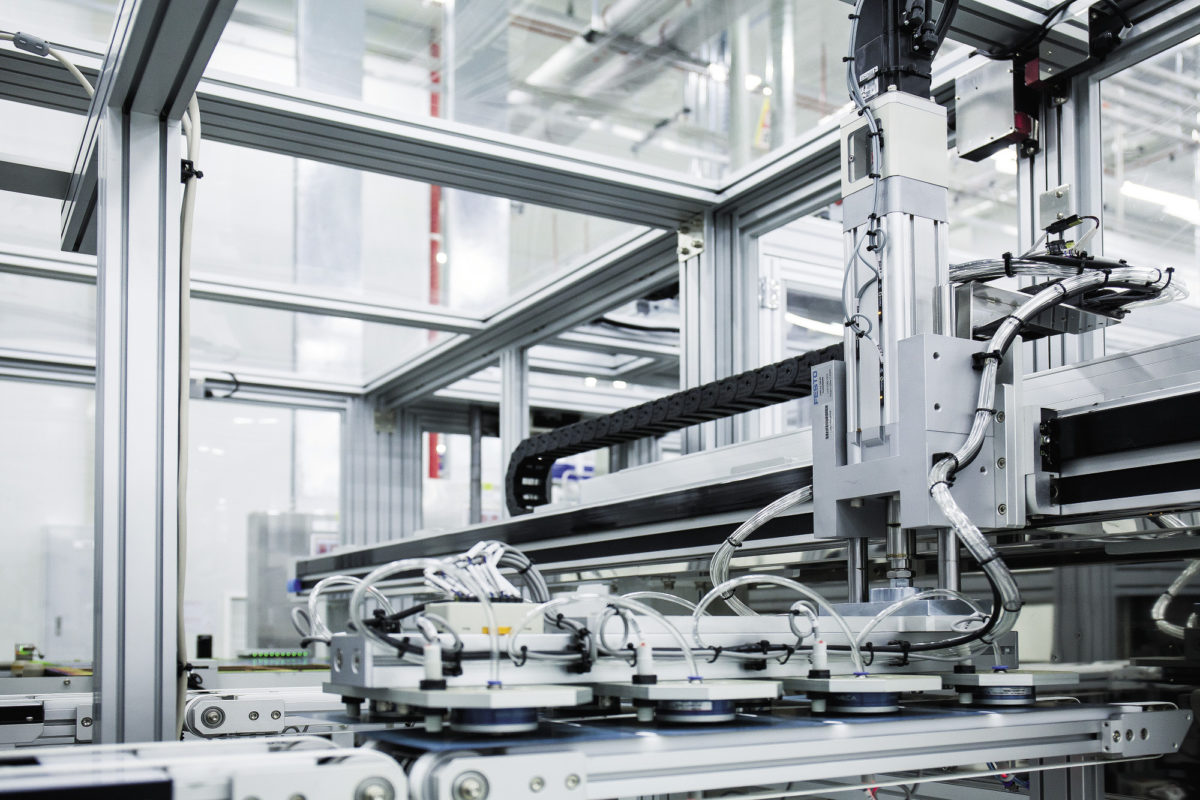South Korea’s Ministry of Trade, Industry and Energy (MOTIE) has unveiled a plan to help the PV industry further reduce the costs of solar module technology and to increase product efficiency.
The initiative is part of the Fourth Energy Technology Development Plan and Roadmap, submitted to Korean renewable energy industry representatives this week. The plan includes actions to raise electromobility rates, reduce coal-fired fine dusts by 90%, improve nuclear safety and increase the scale of wind power projects, among other measures.
Sixteen energy technology priorities identified by MOTIE in the roadmap include a reduction in solar module costs from around $0.23/W today to $0.10 by 2030, helped by unspecified research and development investment. As a way of rough comparison, the SunShot Initiative launched by the U.S. government in 2011 aims to reduce the price of the solar electricity generated by large scale projects to $0.03/kWh by 2030. In September 2017, the Department of Energy announced the $0.06/kWh benchmark of that ambition had been achieved three years early.
Module efficiency
The South Korean government also wants to help manufacturers increase solar module efficiency from around 20% now to 24% by the end of the next decade. Seoul expects PV cell producers to increase the average efficiency of multi-junction devices from 23% to 35%.
No details were provided on how the industrial and technological targets would be achieved.
The plan appears consistent with another announced by MOTIE in March, which aimed to introduce carbon footprint certification rules, minimum efficiency levels and industrial standards for solar and wind power. Those planned guidelines are yet to see the light of day.
Popular content
Domestic industry
A recent report by the International Energy Agency’s Photovoltaic Power Systems Program stated the South Korean solar module industry had an annual production capacity of around 8.69 GW at the end of 2017. Hanwha Q Cells had 3.7 GW of cell capacity and the same volume of module operations at that point and LG Electronics had 3 GW of output, also evenly split between cells and modules. A further 17 manufacturers, according to the report, had production operations ranging from 30-600 MW.
However, the reduction in demand seen after Beijing attempted to rein in public solar subsidies at the end of May last year ensures some of that 8.69 GW of Korean production lines may have since been idled or closed altogether.
South Korea also hosts several polysilicon manufacturers, including the OCI Group and Hanwha Q Cells parent Hanwha Group. That industry too is suffering from oversupply and anti-dumping duties on polysilicon imports by the Chinese government since July 2013.
Despite the manufacturing setbacks introduced by its regional neighbor and solar giant, South Korea is seeing stronger than ever solar project deployment. According to data released by MOTIE in August, newly installed capacity for the first seven months of the year reached 1.64 GW and Seoul plans to install 30.8 GW of solar by 2030. That ambitious target is expected to be achieved with giant solar parks such as a recently announced 2.1 GW floating solar project and a 3 GW ground-mounted PV array planned in the Saemangeum area and announced by president Moon Jae-in a year ago.
This content is protected by copyright and may not be reused. If you want to cooperate with us and would like to reuse some of our content, please contact: editors@pv-magazine.com.



1 comment
By submitting this form you agree to pv magazine using your data for the purposes of publishing your comment.
Your personal data will only be disclosed or otherwise transmitted to third parties for the purposes of spam filtering or if this is necessary for technical maintenance of the website. Any other transfer to third parties will not take place unless this is justified on the basis of applicable data protection regulations or if pv magazine is legally obliged to do so.
You may revoke this consent at any time with effect for the future, in which case your personal data will be deleted immediately. Otherwise, your data will be deleted if pv magazine has processed your request or the purpose of data storage is fulfilled.
Further information on data privacy can be found in our Data Protection Policy.